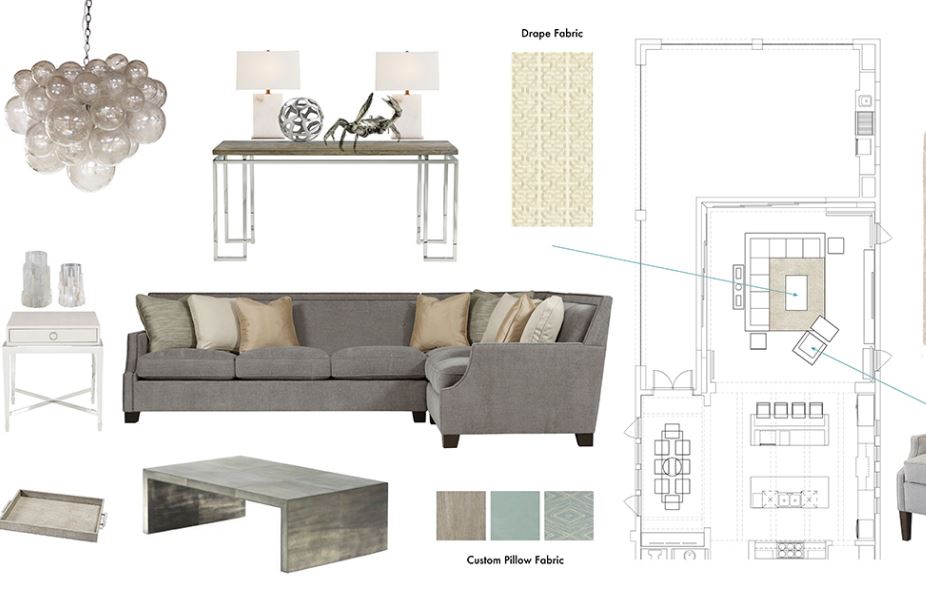
10 Common Challenges in Residential Turnkey Interior Projects and How to Overcome Them
Share
Residential interior turnkey projects are increasingly favored by homeowners who seek the convenience of an all-inclusive solution for design, execution, and handover. Although turnkey contracts are designed to provide a hassle-free delivery process, clients frequently encounter unforeseen challenges throughout the project. By understanding these difficulties and learning how to address them, homeowners can make informed decisions and increase the likelihood that their vision for a dream home is realized as intended.
1. Budget Uncertainty and Hidden Costs
Challenge: Many clients begin with a fixed budget, but hidden charges, last-minute upgrades, and material variations often inflate costs. Some contractors underquote initially and later add unexpected expenses.
Solution: Insist on a detailed Bill of Quantities (BOQ) and demand transparency in pricing. Add a buffer of 10–15% to cover contingencies and ask the contractor for a “no hidden cost” clause in the agreement.
2. Design Misalignment
Challenge: Clients often struggle to communicate their design vision clearly. What looks perfect in a 3D rendering may not translate into the same appeal on-site.
Solution: Conduct multiple design workshops before signing off—request sample boards and mock-ups of finishes, fabrics, and materials. Ensure approvals are documented to avoid disputes later.
3. Quality of Materials and Workmanship
Challenge: The most common complaint in turnkey interiors is a mismatch between promised and delivered quality. Inferior plywood, laminates, or fittings may be used to cut costs.
Solution: Specify brands, grades, and specifications in the contract. Conduct random site checks or hire an independent quality consultant to verify material authenticity before installation.
4. Timeline Delays
Challenge: Despite fixed delivery promises, delays are frequent due to labor shortages, supply chain issues, or poor planning, leaving clients paying rent and EMIs simultaneously.
Solution: Include a penalty clause for delays in the agreement. Ask for a detailed project timeline with milestone-based payments to ensure accountability.
5. Lack of Transparency
Challenge: Many clients feel left out of the process, with little visibility into material sourcing, vendor selection, or project progress.
Solution: Request weekly progress reports with photographs and milestone tracking. Use project management apps or dashboards if the contractor provides them. Transparency builds trust and reduces disputes.
6. Limited Flexibility During Execution
Challenge: Once the contract is signed, any design change—even a minor one—can lead to cost escalations or outright refusal by the contractor.
Solution: Finalize designs thoroughly before execution. If flexibility is essential, negotiate an allowance for a limited number of change requests without penalties.
7. Vendor Reliability
Challenge: Not all contractors honor long-term commitments. Once the project is handed over, after-sales service often becomes a challenge.
Solution: Work with established turnkey providers with a strong track record and client references. Include a defects liability period (DLP) clause ensuring support for at least 12 months post-handover.
8. Compliance and Safety Standards
Challenge: In some cases, contractors overlook essential fire safety norms, electrical load balancing, or plumbing standards, which can lead to future safety risks and regulatory issues.
Solution: Verify that the contractor adheres to IS codes, building regulations, and safety certifications. Request copies of compliance certificates for electrical and plumbing works.
9. After-Sales Support and Maintenance
Challenge: Once the project is delivered, clients often struggle with warranty claims or routine maintenance support. Vendors may ignore hardware failures, leakages, or cracks.
Solution: Insist on written warranties for hardware, appliances, and fittings. Consider signing an Annual Maintenance Contract (AMC) for long-term support.
10. Trust and Credibility Issues
Challenge: The market is filled with contractors of varying credibility. Selecting the wrong vendor can result in financial loss, poor execution, or incomplete projects.
Solution: Conduct thorough background checks. Verify registrations, past projects, and RERA compliance (if applicable). Ask for client testimonials and visit completed sites to assess quality firsthand.
Conclusion: Building Smart with Awareness
Turnkey interior projects simplify the home design journey by offering a single point of responsibility. However, convenience should never come at the cost of transparency, quality, or peace of mind. By being vigilant about contracts, budgets, timelines, and vendor credibility, clients can transform these challenges into opportunities for better control and confidence.
Remember: the key to a successful turnkey project lies in clear agreements, open communication, and choosing the right partner. When managed wisely, turnkey interiors can deliver a home that is not just beautiful but also functional, safe, and future-ready.
